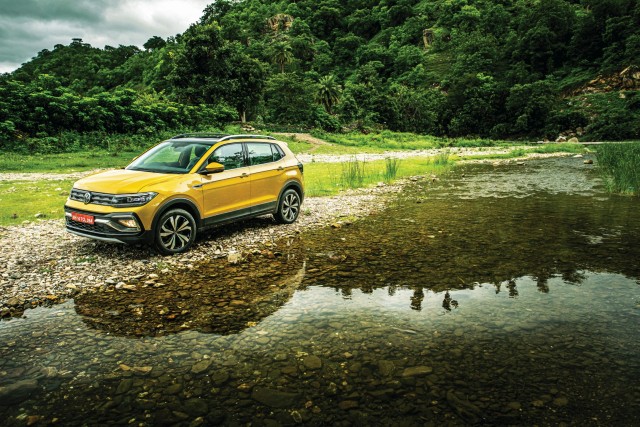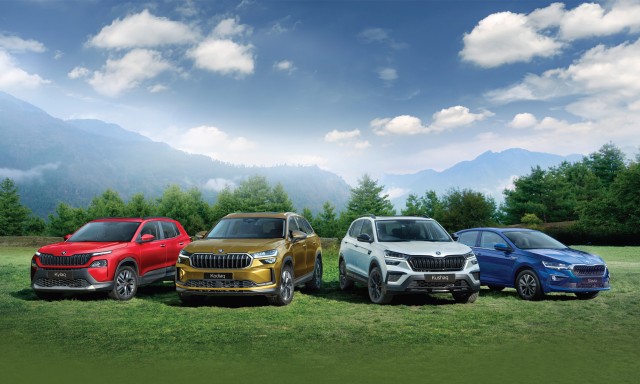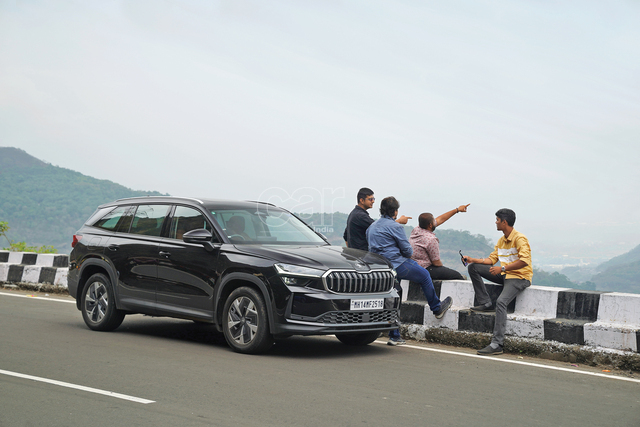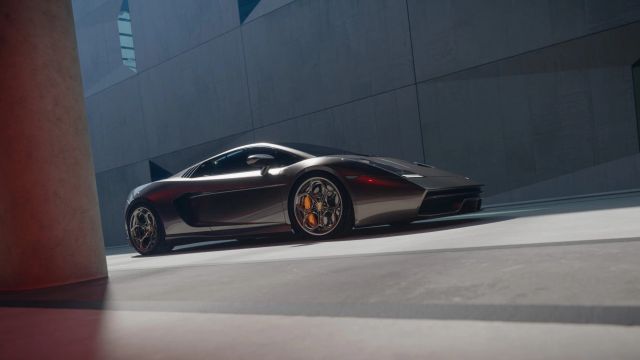


After superchargers, we take a look at the development of turbochargers
After a walk down the history of invention and development of a supercharger, we take things forward from where the hot-rods left them.
After raising eye-brows and proving their mettle for decades, superchargers began to show their limitations too. And that is when the world saw the device that worked on the same basic principle of forced induction as the supercharger, but had lesser limitations. Thus dawned the heyday of turbos.


 History
History
Forced induction was introduced for the first time in an internal combustion engine by Gottlieb Daimler in 1885, using gear-driven, and then in 1886 by Rudolf Diesel. But the first turbocharger prototype was invented by a Swiss engineer named Alfred Büchi in 1905, who received a patent for using a compressor driven by exhaust gases to force air into the engine. His idea gained no acceptance then and took over two decades to come into production.
The first turbocharged engine was, however, used in aviation in 1910 and was built by Murray-Willat. That two-stroke rotation engine proved helpful in dealing with the problem of performance loss at high altitude. During World War I, French engineer Auguste Rateau fitted a turbo to Renault engines powering the French fighter planes. In 1918, American company General Electric’s engineer, Sanford Alexander Moss, attached a turbo to a V12 Liberty aircraft engine. The engine was then tested at Pikes Peak in Colorado and set a new altitude record of over 33,000 feet. The company then termed the system as ‘Turbosupercharging’.
Turbochargers were first used in production aircraft such as Napier Lioness in the year 1920. It was around this time that ships and locomotives with turbocharged diesel engines made an appearance. But still their popularity was much less than that of centrifugal superchargers. Thus their development did not receive much attention. Soon after World War II, the development of turbos gained pace in Europe and the United States. General Electric had already made their prototype and, based on the same, there were thousands of turbocharged military aircraft, fighters and bombers in WW II. Some of them were- B-17 Flying Fortress, B-24 Liberator, P-38 Lightning and P-47 Thunderbolt.
The introduction of turbochargers into automobiles dates back to 1962-63 in the US, with Chevrolet Corvair Monza and the Oldsmobile Jetfire being the first two cars to be equipped with the exhaust turbocharger. However, due to very high compression ratio, these cars had major complaints of engine knocking (also due to the absence of modern day electronics) and, owing to such reliability issues, they disappeared from the market very soon.
After the oil crisis in 1973, turbochargers gained greater acceptance in commercially used diesel vehicles. In those days the cost of installing a turbo was very high. It could be met only by fuel cost savings. The emission norms became even more stringent by the 1980s, making more and more people move towards turbochargers.
Another thing which gave a boost to the popularity of turbochargers in passenger vehicles in the 1970s was the introduction of turbos in racing, especially Formula One. Alongside, the word ‘turbo’ became nothing less than a fashion statement and it was around the same time that companies started series production of turbocharged petrol-powered cars in Europe. Every major car manufacturer offered at least one top variant with a turbocharged petrol engine. Of the many, BMW were the first to bring the ‘2002 Turbo’ into the market in 1973.

 How
How ever, like every other fad, the trend of turbocharged cars also faded after a few years, since the cars were powerful, but not very economical. Another problem that came up was that of ‘turbo lag’, which back then was relatively large as compared to the cars today and such a prolonged delay in power supply wasn’t acceptable to many customers.
ever, like every other fad, the trend of turbocharged cars also faded after a few years, since the cars were powerful, but not very economical. Another problem that came up was that of ‘turbo lag’, which back then was relatively large as compared to the cars today and such a prolonged delay in power supply wasn’t acceptable to many customers.
But the biggest breakthrough came in the journey of these exhaust gas-powered turbocharged diesel engines with the series production of Mercedes-Benz 300 SD in 1978 and the Volkswagen Golf Diesel in 1981. These cars removed all the blemishes from the name of turbos, offering better fuel economy, driveability almost the same as petrol cars and much lower emission.
From then until now, many car-makers have moved one step ahead of the other in trying to provide even more power, along with better efficiency, drive quality and refinement using the turbos.
How A Turbocharger Works
A turbocharger is also a forced induction system which is driven by the exhaust gases from the engine, unlike a supercharger, which is driven by the engine or an electric motor. The exhaust gases move a turbine, which, in turn, spins an air pump. The air pump then compresses and pushes more air into the engine, thus providing a boost. With more air intake, more fuel can be provided to the charge. Therefore, with more oxygen available for better ignition of the air-fuel mixture, there is an improvement in the power output, better fuel efficiency and even lower emission.
Types Of Turbochargers
1. Standard turbo
2. Ball-bearing turbo
3. Twin-scroll turbo
4. Variable geometry turbo
Story: Gasha Aeri-Alawani




















Leave a Reply